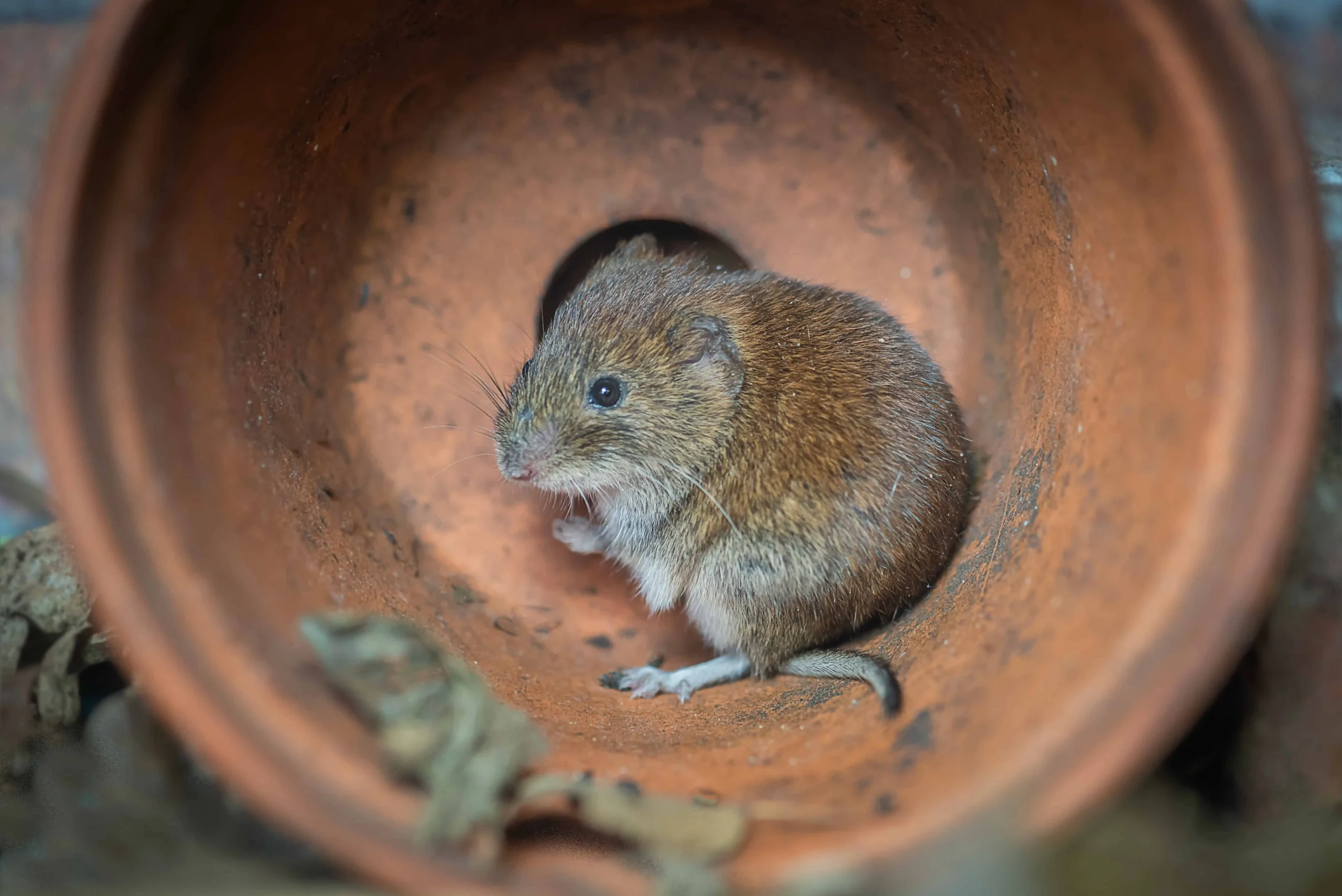Trusted Vole Control in Utah: Solutions for Your Property
Trusted Vole Control in Utah: Solutions for Your Property
Blog Article
Mastering Vole Bug Control: Extensive Insights on Invasion Avoidance and Therapy Approaches
By identifying the subtle signs of vole problem early on, we can take positive steps to protect against extensive damage. In this conversation, we will discover the nuances of vole behavior, dive into the recognition of infestation indications, and discover the most reliable prevention and therapy techniques.
Understanding Vole Habits
Examining the foraging patterns of voles uses beneficial insights into their habits and environment preferences. By observing their foraging habits, scientists can gain a much better understanding of where voles like to develop their habitats and the extent of their environmental effect.
Research suggests that voles display discerning feeding habits, choosing seeds, origins, and roots. This nutritional choice affects their foraging patterns, leading them to areas rich in greenery and ground cover. Furthermore, voles are understood to develop intricate tunnel systems for foraging and nesting purposes, indicating a high level of adaptability to their surroundings.
Understanding vole behavior is important for executing targeted pest control measures that interrupt their environment choices and foraging tasks (vole yard damage). By examining their habits, experts can create a lot more efficient prevention and therapy methods to handle vole infestations

Identifying Indications of Vole Infestation
Vole problems can be found by recognizing details indicators of their visibility in an area. One of the most usual signs of a vole problem is the presence of surface area runways.
An additional crucial indicator of vole invasion is the visibility of small burrow openings in the ground. Furthermore, voles are recognized to leave behind chewed plant stems, roots, and light bulbs near their burrow openings, showing their feeding activity in the area.
Furthermore, vole droppings can additionally represent their visibility. Vole droppings are tiny, brown, and cylindrical in form, resembling grains of rice. Finding these droppings along paths or near burrow openings can validate a vole infestation. By being cautious for these indications, residential property owners can immediately address vole infestations and avoid additional damages.
Carrying Out Aggressive Avoidance Actions

Moreover, employing natural vole deterrents like castor oil-based repellents or killer urine can work as effective preventative procedures. It is additionally a good idea to frequently inspect exterior spaces for any type of signs of vole activity, such as paths or tunnel openings, to resolve potential invasions promptly. vole yard damage. By adopting these positive avoidance approaches, residential property proprietors can substantially lower the possibility of vole damage and keep the health and appearances of their landscapes
Effective Treatment Methods
Including targeted capturing methods and go utilizing approved rodenticides are necessary parts of effective treatment strategies for managing vole invasions. Trapping can be an effective method to minimize vole populaces, specifically when positioned purposefully in their energetic paths. Break catches and live catches can both work, with the latter enabling the capture and relocation of voles. When using rodenticides, it is vital to adhere to security standards to avoid damage to non-target animals and animals. Place best site rodenticides in secure bait terminals to lessen threats to unexpected targets. Furthermore, habitat adjustment, such as decreasing ground cover and getting rid of sources of food, can help deter voles from infesting a location. Routine tracking and maintenance are also crucial elements of successful therapy approaches to make certain that vole populaces are kept under control. By combining trapping, rodenticides, habitat modification, and regular surveillance, efficient vole bug control can be accomplished.
Monitoring and Upkeep Tips
Regular tracking enables for the very early discovery of vole activity, enabling timely intervention prior to problems get worse. To efficiently monitor vole populations, strategically placed catches can be utilized in vole runways or near burrow entryways.
Furthermore, preserving a clean and neat landscape is crucial in vole avoidance. Clearing away particles, such as heaps of timber or thick plant life, removes possible vole environments. Regularly cutting and trimming grass plants aids lower vole concealing areas and lessens their access to food sources.
Furthermore, ongoing upkeep of physical obstacles, such as fences or wire mesh, is vital to avoid vole intrusion. Inspecting and repairing any problems to these frameworks makes sure that vole control stays effective in guarding residential properties from invasions. By integrating these monitoring and upkeep methods into a comprehensive vole pest control strategy, people can effectively take care of vole populations and protect their properties from damages.
Conclusion
Finally, grasping vole insect control calls for a solid understanding of vole behavior, the capacity to identify indicators of infestation, applying positive avoidance steps, reliable treatment strategies, and constant surveillance and maintenance. By taking a recommended you read thorough technique to vole control, individuals can successfully manage and stop infestations, ultimately shielding their building and surrounding setting from damage triggered by these small rats.
In this conversation, we will discover the nuances of vole habits, delve into the recognition of infestation indications, and uncover the most effective avoidance and treatment techniques.Including targeted trapping techniques and using accepted rodenticides are necessary parts of effective treatment approaches for managing vole invasions. To successfully keep track of vole populaces, strategically positioned traps can be made use of in vole runways or near burrow entries. Evaluating and fixing any type of damages to these structures guarantees that vole control remains reliable in protecting residential properties from problems. By including these surveillance and upkeep practices into a comprehensive vole pest control plan, people can effectively take care of vole populaces and shield their residential or commercial properties from damage.
Report this page